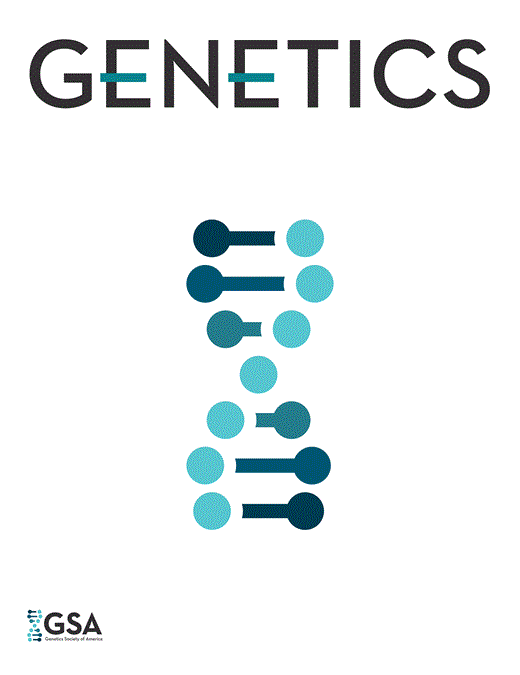-
PDF
- Split View
-
Views
-
Cite
Cite
D MacDonald Green, Margeret I Urban, RECOMBINATION AND TRANSFECTION MAPPING OF CISTRON 5 OF BACTERIOPHAGE SP82G, Genetics, Volume 70, Issue 2, 1 February 1972, Pages 187–203, https://doi.org/10.1093/genetics/70.2.187
Close - Share Icon Share
ABSTRACT
Recombination between transfecting SP82G DNA molecules has been studied in Bacillus subtilis. Recombinant progeny issuing from transfected cells show many of the features that characterize progeny production in multiplicity reactivated bacteriophage, such as: majority recombinant clones, non-reciprocity of recombinant clones and the frequent absence of input alleles. While transfection substantially lowers the linkage observed between markers in normal phage crosses, linkage is observed at small map distances in transfection either by plating transfected bacteria or the progeny phage. Maps constructed from transfection crosses are identical to those of normal phage crosses, except in magnitude.—Examination of the concentration response of two marker biparental crosses, and three marker triparental crosses using transfecting DNA leads to the conclusion that at all concentrations, transfective centers are saturated with respect to the number of molecules that can be taken up. Thus, the frequency of recombinant infective centers, or recombinant progeny is independent of concentration effects.



